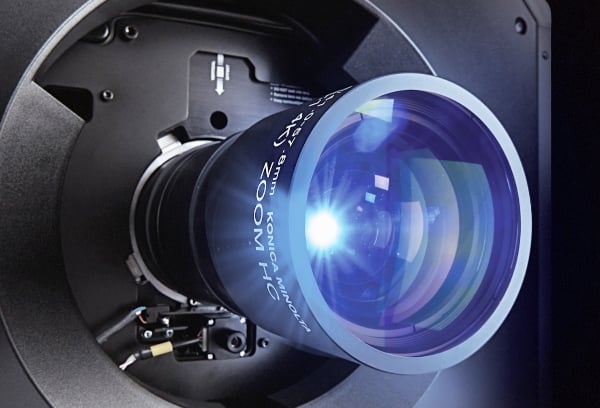Brightness degradation refers to the gradual decrease in the projector’s light output over time. As a projector is used, no matter the type of illumination, its light source deteriorates due to aging, heat, and usage. This can result in reduced brightness, image quality, and color accuracy.
However, modern cinema projectors offer nearly a decade of quality performance if you follow best practices. Let’s look at the factors that affect brightness degradation, and the steps you can take to extend the life of your investment.

